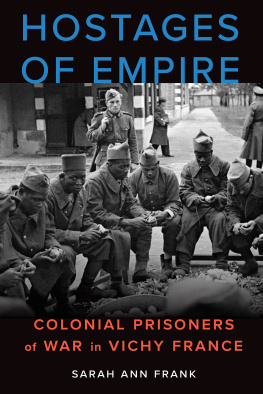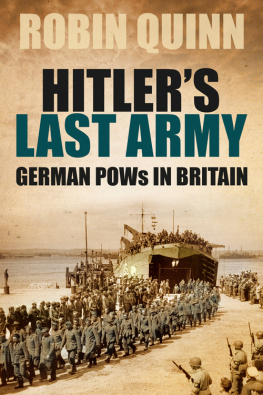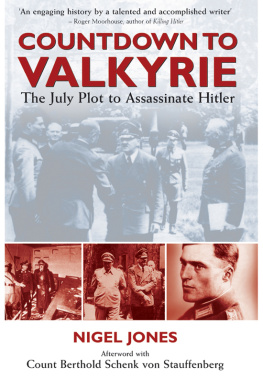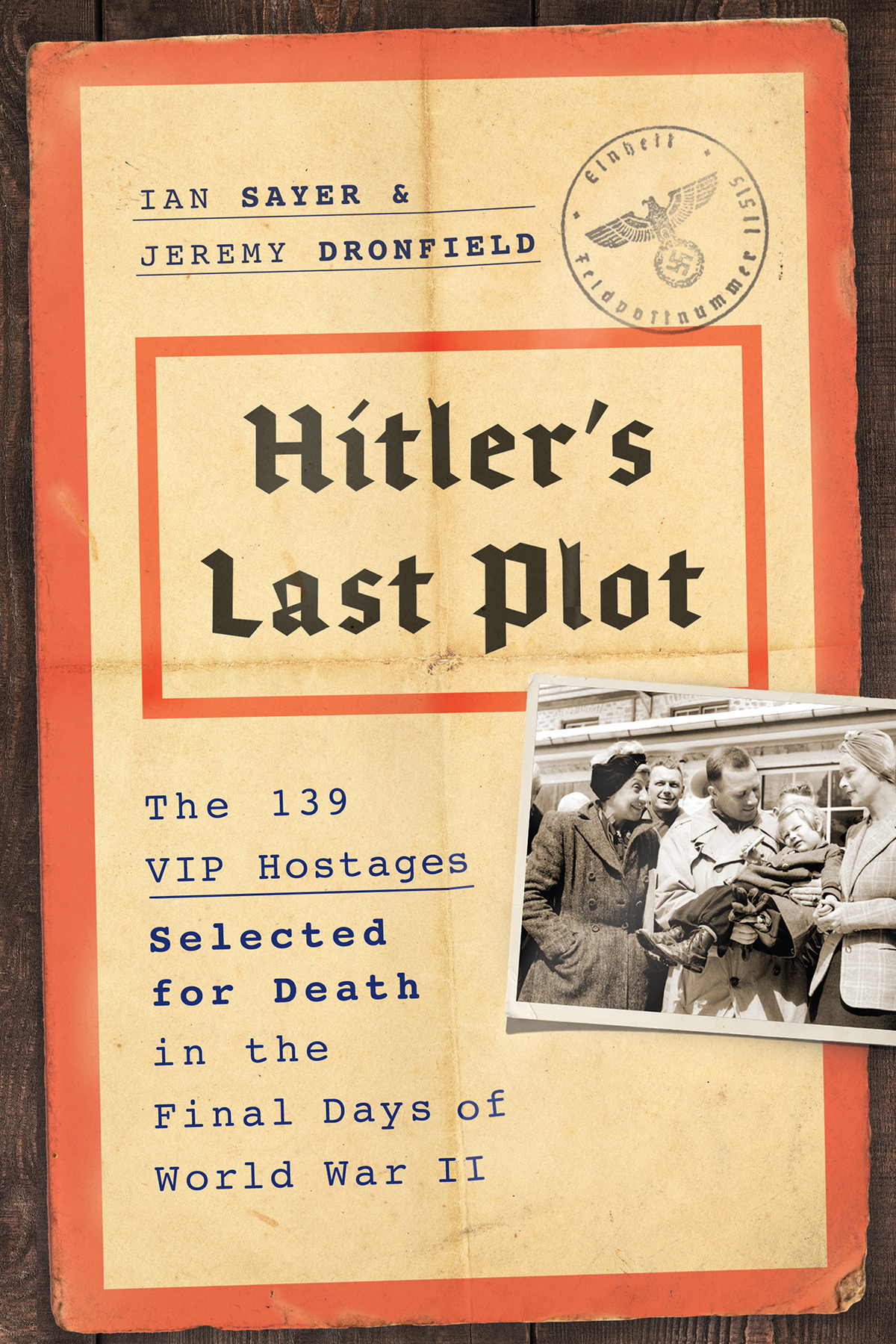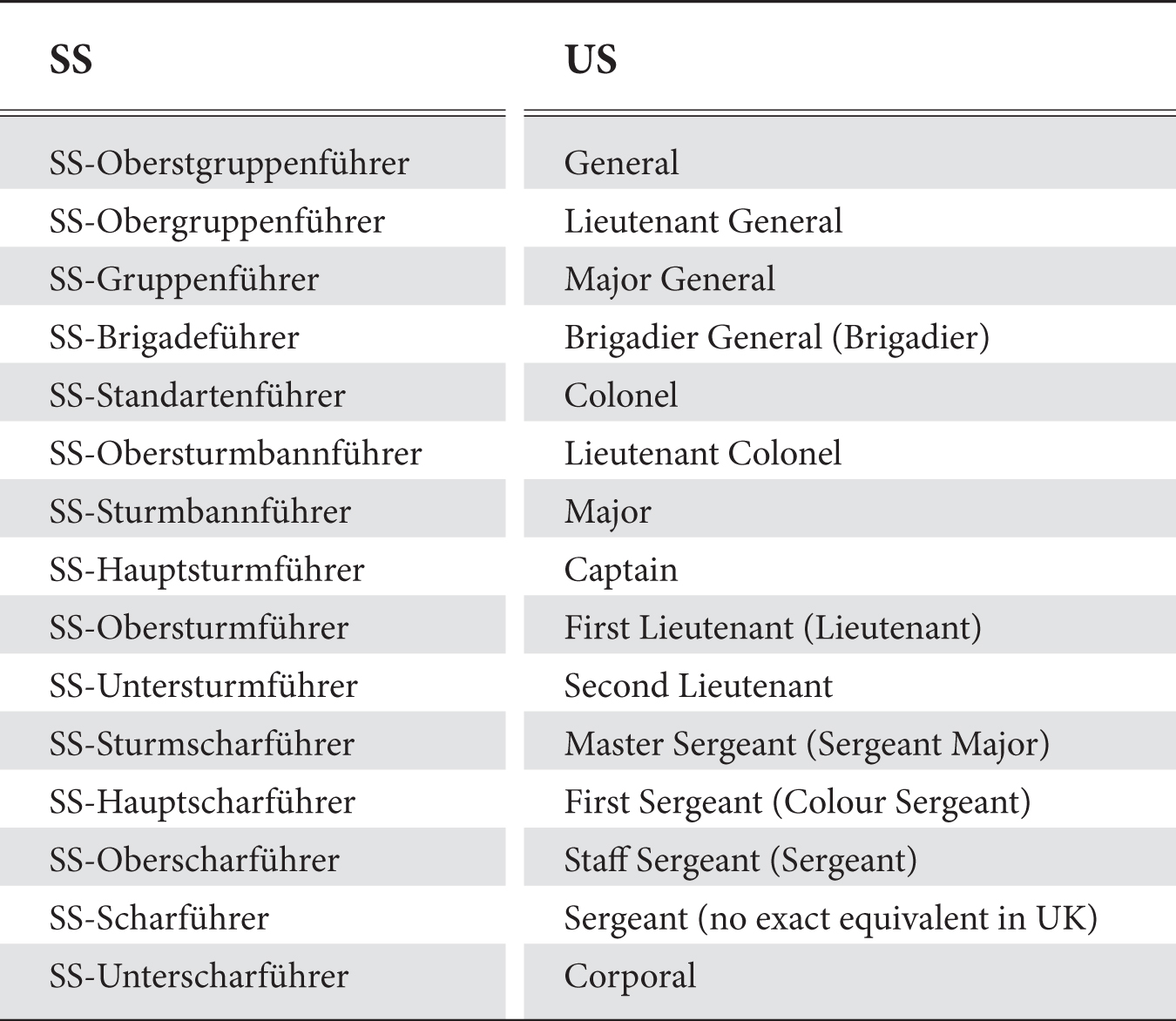Copyright 2019 by Ian Sayer and Jeremy Dronfield
Cover design by Kerry Rubenstein
Cover image: US forces liberate the VIP hostages, Courtesy Imperial War Museum.
Cover copyright 2019 Hachette Book Group, Inc.
Hachette Book Group supports the right to free expression and the value of copyright. The purpose of copyright is to encourage writers and artists to produce the creative works that enrich our culture.
The scanning, uploading, and distribution of this book without permission is a theft of the authors intellectual property. If you would like permission to use material from the book (other than for review purposes), please contact permissions@hbgusa.com. Thank you for your support of the authors rights.
Da Capo Press
Hachette Book Group
1290 Avenue of the Americas, New York, NY 10104
dacapopress.com
@DaCapoPress, @DaCapoPR
First Edition: April 2019
Published by Da Capo Press, an imprint of Perseus Books, LLC, a subsidiary of Hachette Book Group, Inc. The Da Capo Press name and logo is a trademark of the Hachette Book Group.
The Hachette Speakers Bureau provides a wide range of authors for speaking events. To find out more, go to www.hachettespeakersbureau.com or call (866) 376-6591.
The publisher is not responsible for websites (or their content) that are not owned by the publisher.
Library of Congress Cataloging-in-Publication Data
Names: Sayer, Ian, author. | Dronfield, Jeremy, author.
Title: Hitlers last plot: the 139 VIP hostages selected for death in the final days of World War II / Ian Sayer, Jeremy Dronfield.
Other titles: 139 VIP hostages selected for death in the final days of World War II | VIP hostages selected for death in the final days of World War II
Description: First edition. | New York, NY: Da Capo Press, [2019] | Includes bibliographical references and index.
Identifiers: LCCN 2018045430| ISBN 9780306921551 (hardcover) | ISBN 9780306921575 (ebook)
Subjects: LCSH: World War, 19391945Germany. | HostagesGermanyHistory20th century. | Human shieldGermanyHistory20th century. | Nationalsozialistische Deutsche Arbeiter-Partei. SchutzstaffelHistory. | Political prisonersGermanyHistory20th century. | Prisoners of warGermanyHistory20th century.
Classification: LCC D755.7 .S26 2019 | DDC 940.53/43dc23
LC record available at https://lccn.loc.gov/2018045430
ISBNs: 978-0-306-92155-1 (hardcover), 978-0-306-92157-5 (ebook)
E3-20190308-JV-NF-ORI
This book is dedicated to the memory of Douglas Botting (19342018) and Squadron Leader Bertram Jimmy James (19152008).
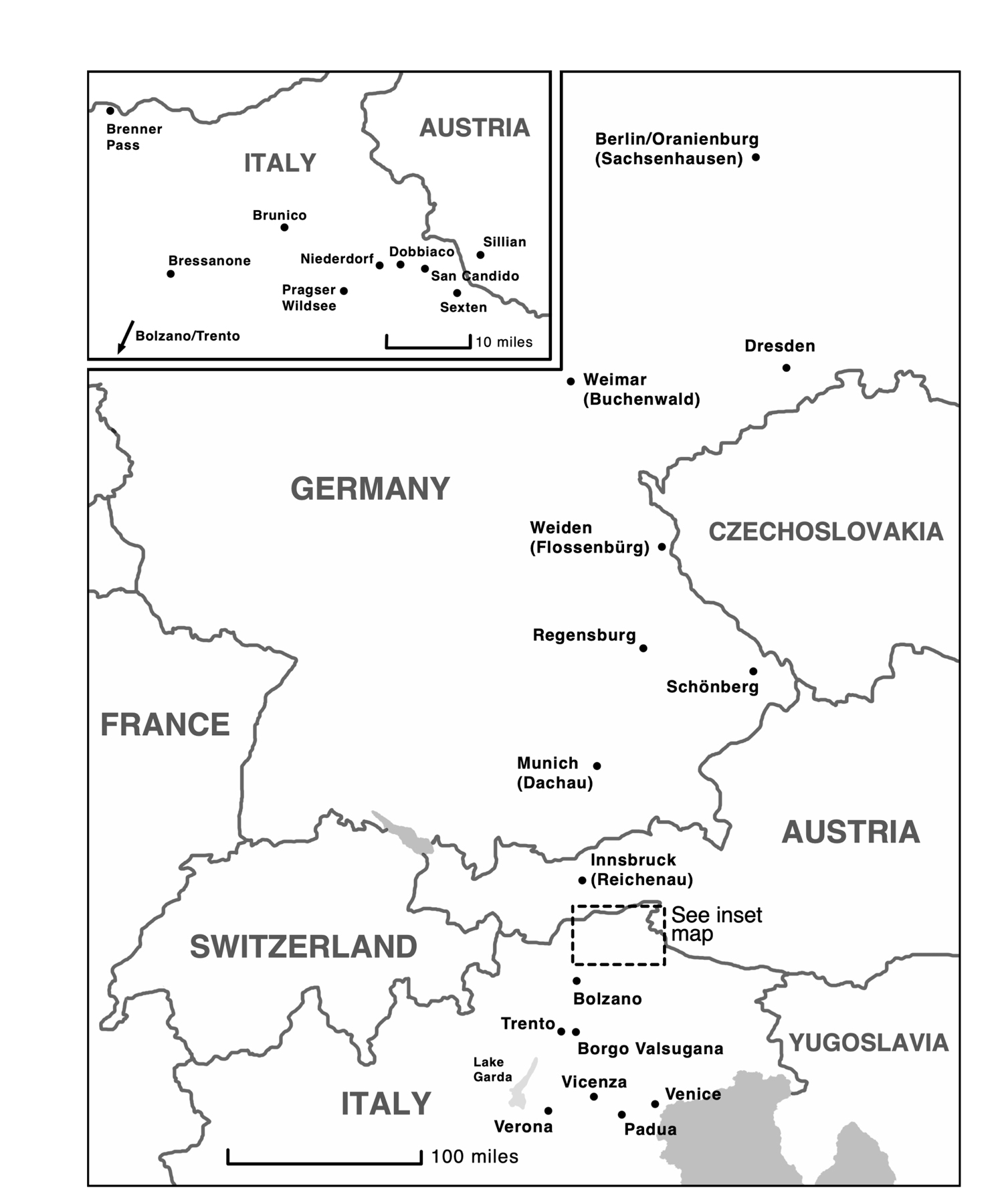
Main map: Europe 1945 (pre-war borders). Inset: South Tyrol.
The equivalents of SS ranks in the US and British armies are approximate, and can vary from source to source, especially the noncommissioned ranks. The equivalents used in this book are as follows. (United Kingdom ranks are given in parentheses where different from US ranks.)
Thursday 3 May 1945: Borgo Valsugana, Italy
Forward position of 351st Infantry Regiment, US Army
F rom behind a bush at the leading edge of the Allied front line, a GI kept watch on the Brenta river valley, a picturesque vista of farms scattered along the wooded foothills of the mountains. Those hills were full of German paratroopers. Walking directly toward the GIs position from the enemy lines were several figureshalf a dozen partisans carrying weapons, a better-dressed civilian who appeared to be unarmed, and a lean figure in a threadbare, blue-gray uniform. Every man awake in the American lines had watched these men appear from the German positions and pick their way down the slope into the valley. What it could mean was anybodys guess.
Officially, the war in Italy was over. But on the ground the situation wasnt so simple. The previous evening, the BBC and Allied forces radio had announced the end of hostilities; then came an official order from the commanding officer of the 88th Division: Stop fighting and hold in place pending further orders. But the men of the 351st were taking no chances; a battalion of paratroopers from the German 1st Fallschirmjger Division were holding the far side of the valleyhardened, dedicated warriors who might not honor the cease-fire.
Only yesterday afternoon, before the official announcement, the colonel of the 1st Fallschirmjger Regiment had come across under a white
Leaning on his rifle, the GI watched the motley line of men approach. As they got closer, the man in the blue-gray uniform spotted the GI and halted.
Im a British officer, he called in a crisp English accent. Can we come over?
Sure, said the GI. You can all come over.
They filed past him and were directed toward the company HQ, located in some nearby farm buildings.
The English officer introduced himself to the company commanding officer as Wing Commander Harry Day of the Royal Air Force. Hed been a prisoner of war, and until a few days ago he had been one of a group of over 130 high-ranking military and civilian prisoners being held hostage by a fanatical SS detachment in the mountains of the South Tyrol. A seasoned escaper (the Great Escape from Stalag Luft III was just one of his adventures), Day had slipped away and, with help from partisans, had traversed over one hundred miles of German-infested territory looking for the Allied lines. His fellow hostagesincluding women and childrenwere still in deadly danger, held under threat of execution, a sentence that might be carried out at any moment. Day had escaped with one purpose: to summon help. Would the Americans be willing and able to send a lightning force to pluck the hostages from danger?
Wing Commander Day was taken immediately by jeep to the regimental HQ, then higher up the chain to the headquarters of the 85th Infantry Division and II Corps. At each stage, he told and retold the story of how the hostages had come to be in their present plightan incredible story of concentration camps and Gestapo dungeons, families torn apart and SS execution squads. And he begged the American commanders to do something to rescue the hostages.
One month earlier
Tuesday 3 April 1945: Germany
I f the Nazi eagle adorning the Reich Chancellery facade were to come to life and take flight, it would witness a scene of ruination: the gutted shell of the Chancellery itselfbeneath which the Fhrer and his staff are lurking in their claustrophobic bunkerand, for miles around, the bomb-devastated streets of the German capital.
Flying now northwest from Berlin, away from the approaching Soviet forces, the eagle would pass over the Lehnitz forest and the blue waters of the Lehnitzsee. Between the lake and the outskirts of the town of Oranienburg, it would see a curiously shaped enclosure. A triangle, a third of a mile from end to end, like a vast arrowhead pointing northwest. It is surrounded by walls, electrified fences, and guard towers. Inside are barrack blocks arranged in an arc like the blades of a fan, and the death strip between the inner and outer perimeters. The eagles acute vision would see the gallows between the barracks and the enclosure at the triangles base containing the SS administration blocks and Gestapo offices. On the western edge, smaller enclosures sprout from the triangle: factories, the shooting range, the execution block, and the gas chambers.




